(September 19, 2023) It was written in the stars for artist Paris Laxmi when she first stepped foot in India as a five-year-old. A French girl, who had heard stories of Hindu gods from her mother, grew up on a rich diet of Indian art and culture. The interest soon translated into a love for the country on her first visit. Mesmerized by the Indian dance art forms, she started learning Bharatnatyam at the age of nine, and years later moved to India forever. Here she met her now husband, a Kathak artist with whom she started Kalashakti School of Arts in Kochi. The 32-year-old, who calls herself Indian by heart, has found her home in India.
Born in Aix-en-Provence in France in 1991 to a family that has been rooted in art, she found herself surrounded by it in the initial years of her life. “Before my birth, India was already a part of my family as my parents were loving this country, its customs, people, philosophy, arts, and heritage. My father first came to India in 1982, then with my mother some years after; they also decided to name me Myriam Sophia Lakshmi, and my brother Theo Elie Narayan. I can say that both India and dance were already a part of me when I was born,” she wrote on the KalaShakti website.
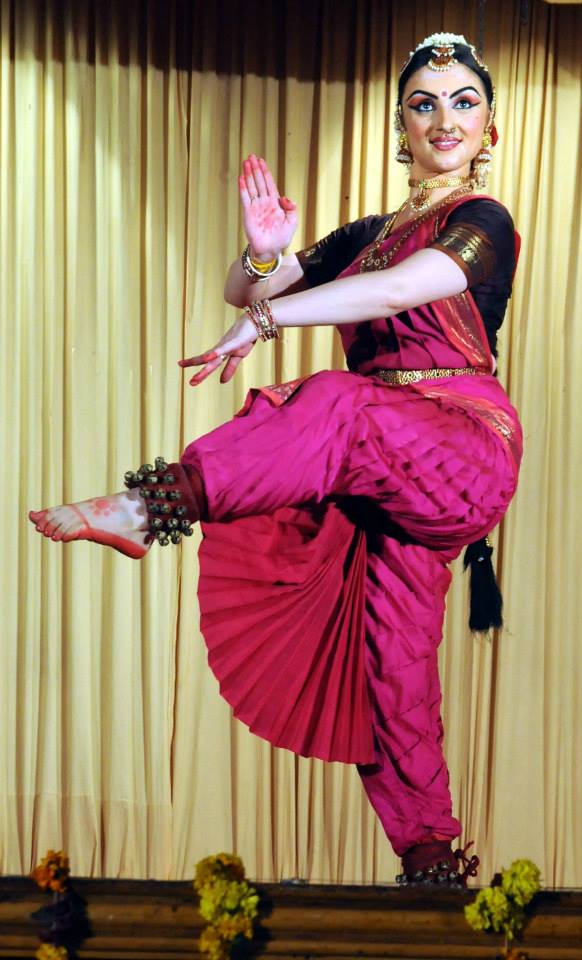
Paris Laxmi is an artist and actor
She grew up hearing the stories of Hindu gods like Shiva-Parvati and Radha-Krishna along with stories of Jesus from her sculptor mother. This pulled her to the Indian culture at a tender age, and her first visit to the country at the age of five only added to her love for everything Indian. She soon began visiting India every year with her family and stayed for around two months, where they met the locals and experienced the country firsthand. “The connection my family and I have with India are difficult to explain. It’s like this natural feeling that we are home here. We feel moved by the culture. This is our favourite place,” the artist told The Better India.
Growing up, she was intrigued by the dance forms, and as young as five, began taking dance classes in hip hop, ballet, jazz, and contemporary dance. But her trips to India awakened in her a love for Indian dance, and at age nine, she began learning Bharatnatyam from Armelle Choquard, and later Dominique Delorme in France. “Indian classical dance forms are so deep and complex. The dancer needs so many qualities. It’s not only the technical ability but also acting ability, sense of music, and sense of aesthetics. It is a very demanding form,” she added. While she continued learning the nuances of Bharatnatyam, she completed her Baccalaureate in French literature and arts. However, many people in France were unable to fathom their love for India. “My relatives could never quite understand it either, and always questioned my father about why we never visited any country except India,” she told Little India in an interview. But their heart was already in India, something that not many people understood.
View this post on Instagram
However, it was the love for dance that brought her to India once again where she trained under Smt Sucheta Chapekar in Pune and later at Dr. Padma Subrahmanyam’s Nrithyodaya School of Dance in Chennai for a year. “I used ‘Laxmi’ as my stage name until my brother’s guru Kalaimamani Tiruvarur Bakthavathsalam added ‘Paris’ to it for recognition,” she added. Keen to be accepted by Indians, she only performed Bharatnatyam initially. “For a while, I didn’t showcase the other western dance forms that I had trained in. I thought it was important that people identified me as a classical dancer, and as someone who understood and is a part of Indian culture,” the artist said in an interview.
Interestingly, it was the dance that drew her to her now husband, Pallipuram Sunil, a famous Kathak artist from Vaikom in Kerala. She was just seven when she first saw him perform at Fort Kochi during one of her visits to India. “A very young artiste was performing for us, with others. Though I was amazed by all of them, he was the one who touched me the most. For nearly two weeks, I continued to watch him in Kochi. I loved the colourful costumes of Kathakali and he used to show them and explain everything that I wished to know about the costumes. It was Sunil….no one could imagine then that he would be my husband 14 years later! He is 13 years older than me!,” she had said. She was 16 when she met him again in Kochi and shared her interest in Indian classical dance art forms. Soon they became friends, and she moved to India in 2012 after marriage.
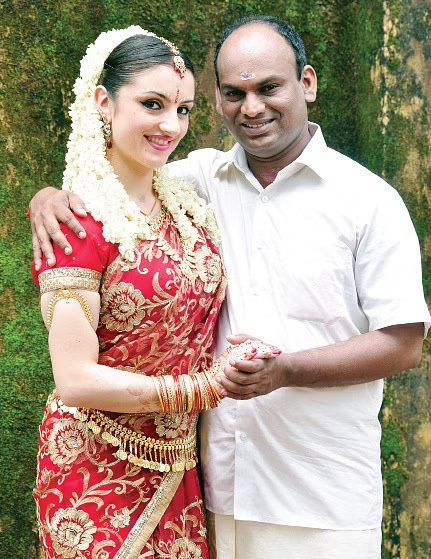
Paris Laxmi with husband Pallipuram Sunil
Now India is her home. While she was already in love with Indian culture, she has now embraced Hinduism after her marriage to Sunil in 2012. The same year, they started Kalashakti School of Arts where they both teach their respective dance forms and organise Art performances and workshops. Over the last few years, ‘Sangamam – Krishna Mayam’, a classical dance fusion of Kathakali and Bharatanatyam showcasing stories and manifestations of Lord Krishna with compositions has toured all over India, Europe, and Gulf countries. She is on a mission to make more children understand ‘the difference between classical dance and what is shown on TV’. “So many people from foreign countries wish to learn Indian classical dance now. It is something very rich and unique that India has. The government and the people of this country should preserve and promote it,” she added.
Being an artist, she wanted to spread her wings and ventured into Malayalam films at the age of 16 when she met a film crew in Kochi and got her first role in Big B. However, it was her role in Bangalore Days that got her attention. Now a known face in the Malayalam film industry, Laxmi is keen to explore challenging roles but more importantly, wants to have a large space to develop her projects. She moved to India for the love of the country and its culture – a place she now calls home. From an outsider to an insider, she has come a long way despite many challenges. “Challenges keep on coming. That’s what keeps me going on. It’s a part of life. My biggest challenge is to be better than I was yesterday, and this never ends!”
- Follow Paris Laxmi on Instagram



 Medha Deshmukh Bhaskaran[/caption]
Medha Deshmukh Bhaskaran[/caption] Cover image of one of the books by Medha Deshmukh Bhaskaran[/caption]
Cover image of one of the books by Medha Deshmukh Bhaskaran[/caption]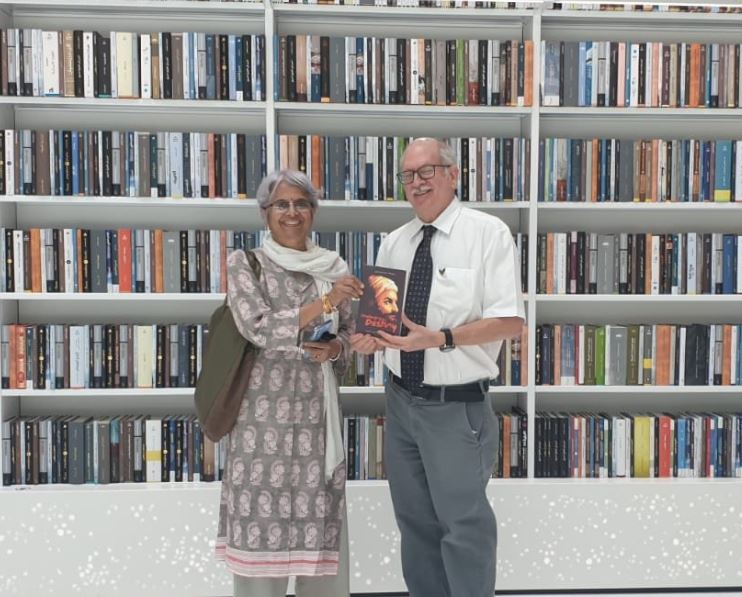 Medha Deshmukh Bhaskaran at Mohammad Bin Rashid Library, Dubai[/caption]
Medha Deshmukh Bhaskaran at Mohammad Bin Rashid Library, Dubai[/caption]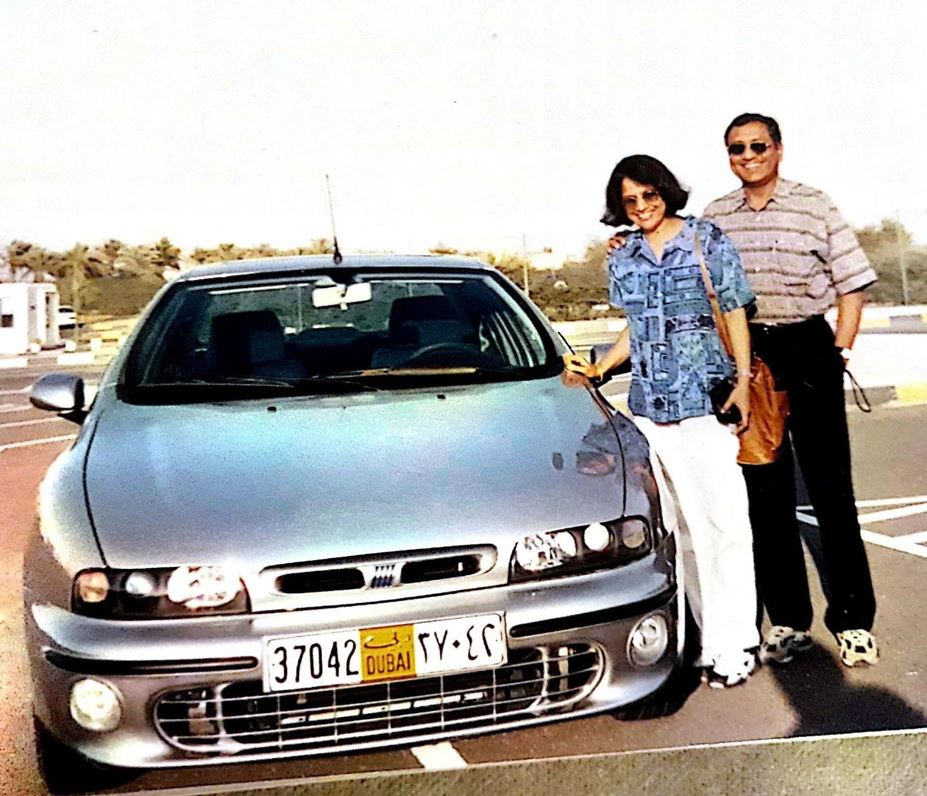 Medha Deshmukh Bhaskaran with her late husband in Dubai[/caption]
Medha Deshmukh Bhaskaran with her late husband in Dubai[/caption]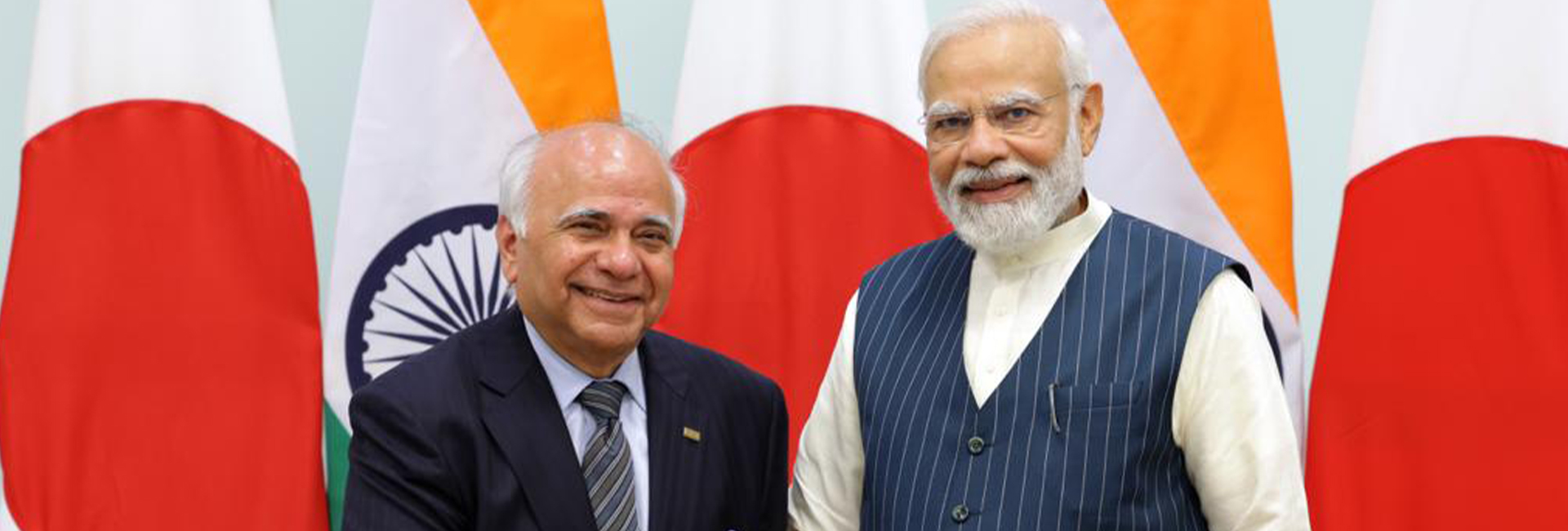
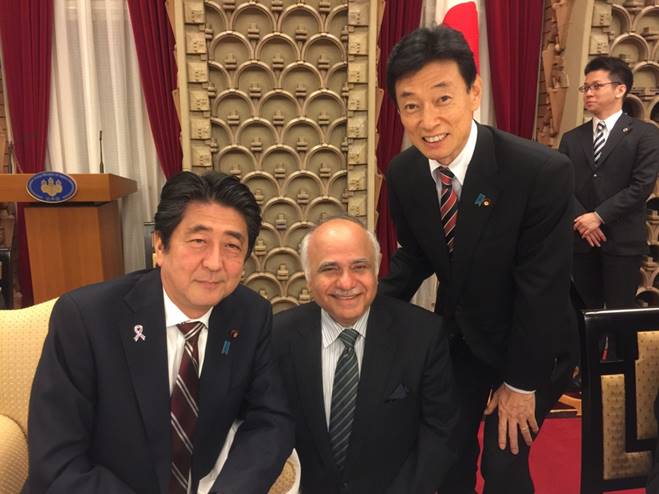 Ryuko Hira with former Japan PM Shinzo Abe[/caption]
Ryuko Hira with former Japan PM Shinzo Abe[/caption] Hotel Pearl City in Kobe[/caption]
Hotel Pearl City in Kobe[/caption]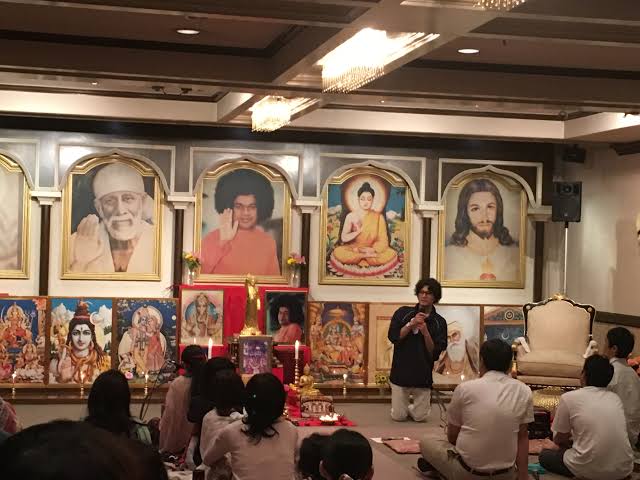 Sri Sathya Sai Prayer Hall in Tokyo[/caption]
Sri Sathya Sai Prayer Hall in Tokyo[/caption]
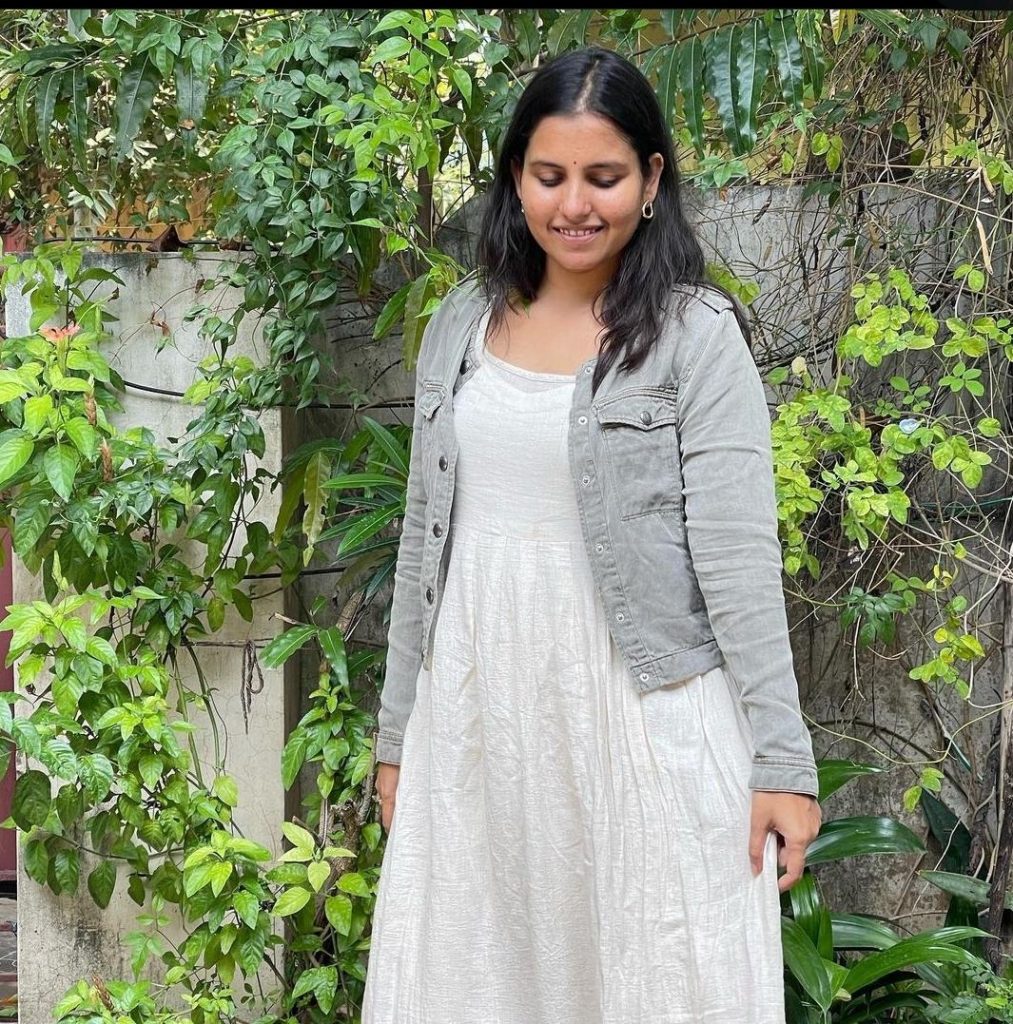 Alankrutha Chandra[/caption]
Alankrutha Chandra[/caption]
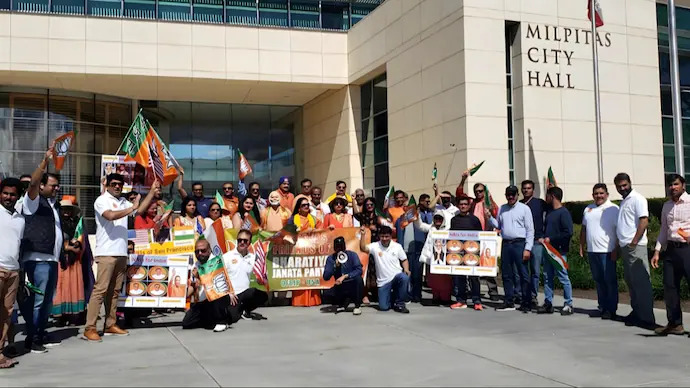 Photo for representation only[/caption]
Photo for representation only[/caption] Maruthi Prakash Surapaneni[/caption]
Maruthi Prakash Surapaneni[/caption]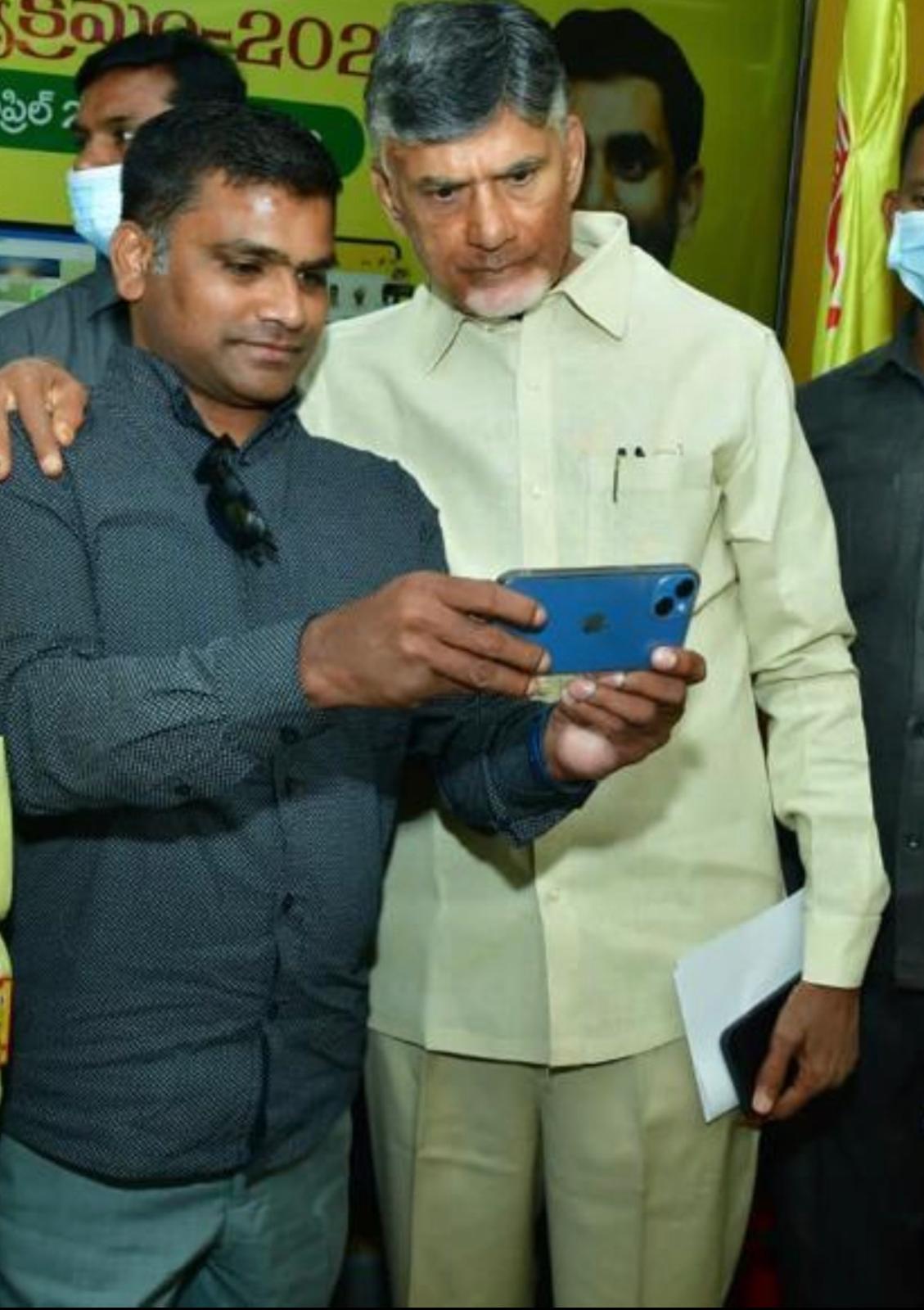 Maruthi Prakash with AP's Leader of the Opposition, Chandrababu Naidu[/caption]
Maruthi Prakash with AP's Leader of the Opposition, Chandrababu Naidu[/caption]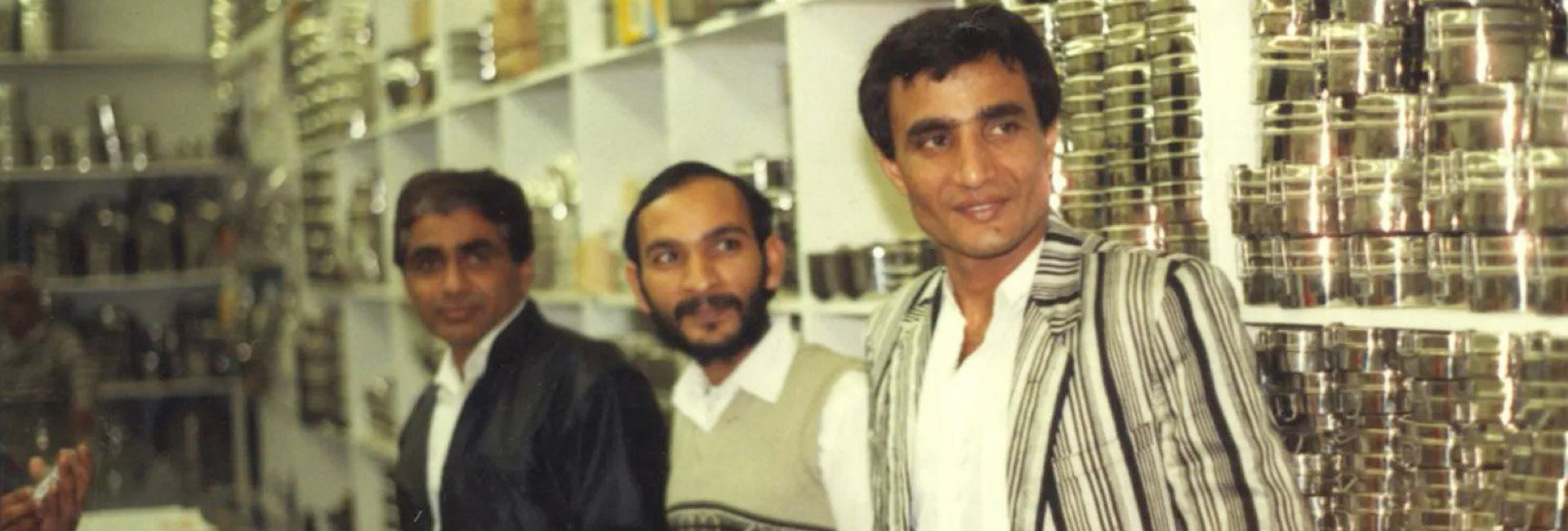
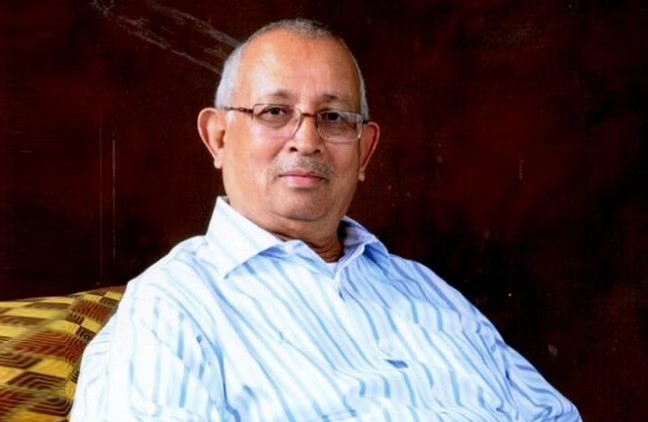 Mafat Patel[/caption]
Mafat Patel[/caption]
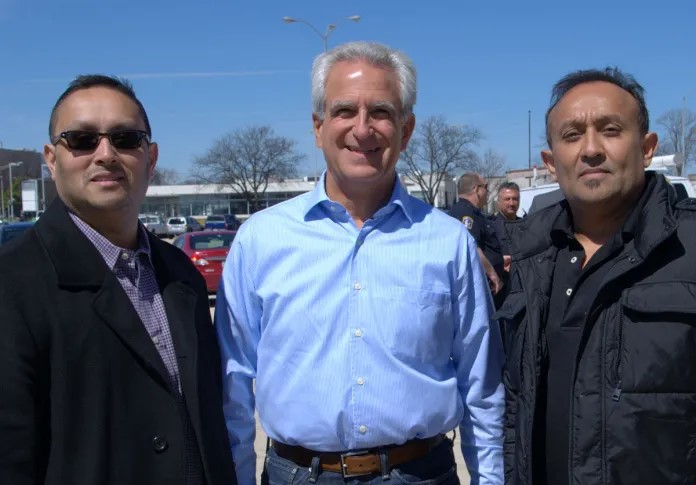 Swetal and Rakesh Patel[/caption]
Swetal and Rakesh Patel[/caption]